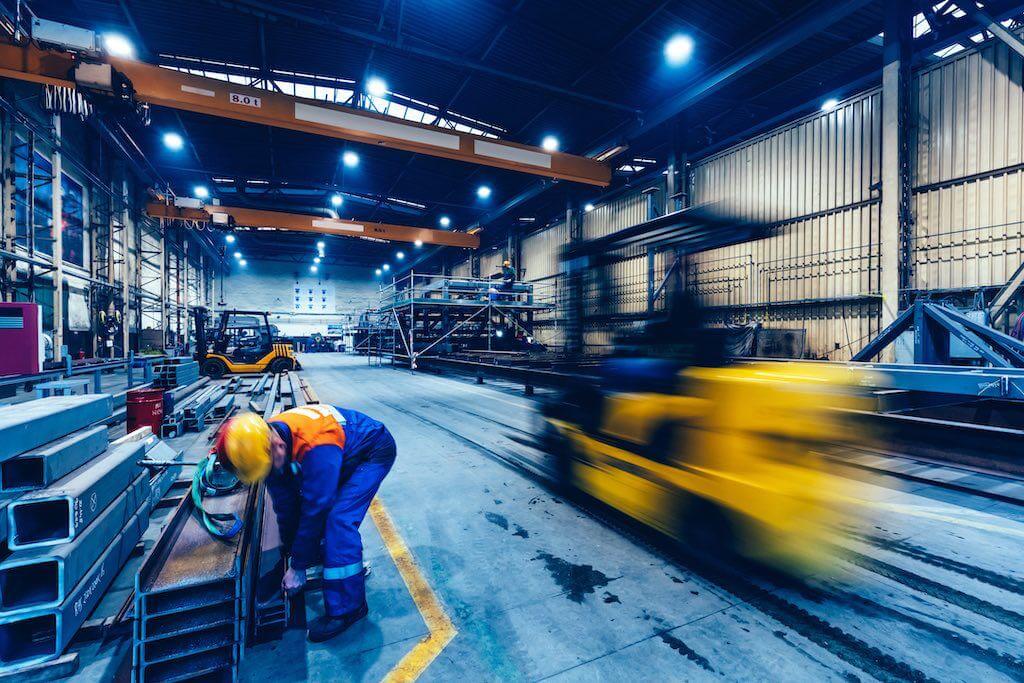Green steel and aluminium production within reach?
Cheap energy from wind and solar is tipped to power a manufacturing resurgence particularly for green steel and aluminium production.

Australia’s sunbaked, windswept landmass could unlock a new resources boom, fuelled by the cheapest energy the world has ever seen.
As one of the world’s leading exporters of coal, natural gas, iron ore and alumina, the transition to renewable energy offers risks and opportunities.
Global demand for Australia’s fossil fuels is forecast to decline as our biggest markets make progress on net zero emissions targets, but new low carbon products could take their place.
ARENA’s new Investment Plan offers a vision for the future, where cheap electricity from solar and wind are used to fuel jobs-rich manufacturing processes.
In this scenario, Australia’s bauxite and iron ore would be refined onshore, providing new ways to export our renewable energy to the world in the form of green steel and aluminium.
ARENA-funded projects led by Alcoa and Rio Tinto are already trialling the integration of renewable energy into aluminium supply chains, with the aim of lowering the emissions footprint of everything from cans to aircraft.
Combined with Australia’s abundance of copper, lithium, cobalt and nickel, we have the natural resources to build the solar panels, wind turbines, batteries and electric vehicles needed to tackle the world’s emissions challenge.
Cheap energy for green steel and aluminium production
Key to the vision is achieving the innovations needed to continue driving down the cost of electricity.
Alongside a focus on low emissions metals, ARENA’s new investment plan takes aim at ultra low cost solar, with a goal of bringing the cost of solar electricity down from approximately $1 per watt today to just 30 cents.
The cheap, zero emissions electricity can be used directly to decarbonise supply chains, or power electrolysers to create a green fuel that can replace natural gas.
Repowering steel and aluminium production with renewable energy will be vital, with the process today accounting for as much as 10 per cent of global emissions.
But as well as providing a pathway to reduce emissions, it could unlock new jobs-rich industries.
Today, Australia is the world’s largest exporter of bauxite and iron ore, but much of the processing of the resources is undertaken offshore.
As well as relying on heavily polluting energy, the practice of exporting raw materials means the processing jobs are also created in other countries.
A manufacturing resurgence, powered by Australia’s access to some of the world’s best wind and solar resources, could take advantage of our existing skills, experience and trusted trading relationships to become a leader in the future net zero energy system.
LIKE THIS STORY? SIGN UP TO OUR NEWSLETTER

ARENA